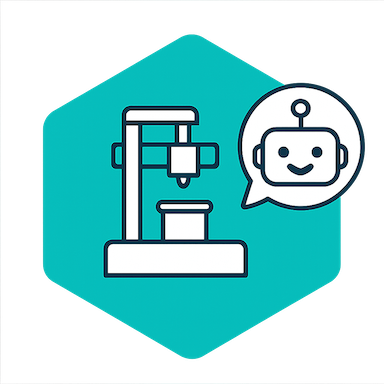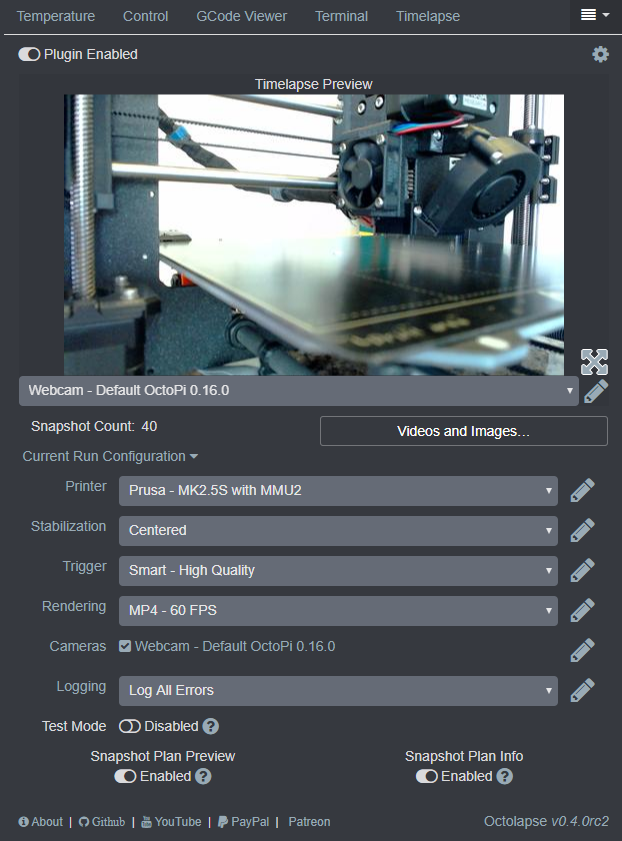Inaccurate Dimensions
What Is It?
Incorrect printer calibration can lead to dimensional inaccuracies in your final 3D printed parts. An inaccurate part will not fit well with other elements and lead to issues during the final assembly of your printed design. It's not an issue with 3D-printed showpieces or aesthetic parts but will cause significant problems with complex assemblies or functional designs.
For simplicity, we'll broadly classify these inaccuracies as positive and negative dimensional errors. If your print has a positive error, it indicates the observed measurement is more than the designed value. If your print's observed measurement is less than the design value, it indicates a negative print error.

